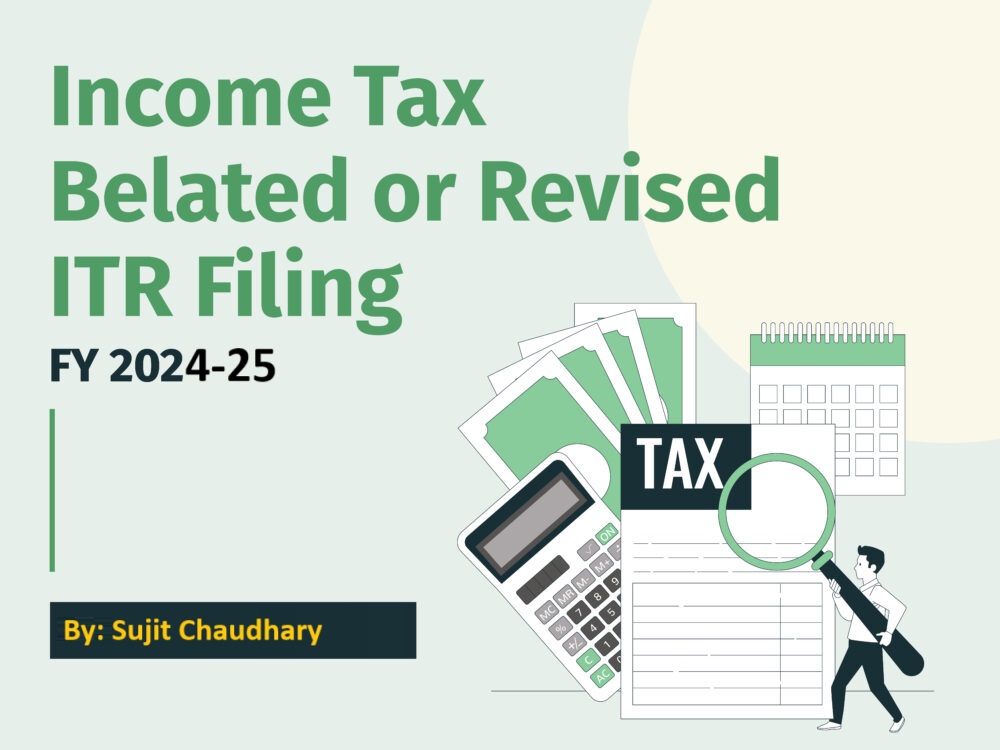The Income Tax Act, 1961, governs taxation in India and contains various sections that outline tax liabilities, deductions, exemptions, and compliance procedures. Understanding these sections is crucial for individuals and businesses to optimize their tax liabilities and ensure compliance. This article highlights some of the most important sections of the Income Tax Act.
Key Sections for Tax Computation
- Section 80C: Deductions on Investments and Savings
Purpose: Encourages savings and investments.
Deduction Limit: Up to ₹1,50,000.
Eligible Investments: Public Provident Fund (PPF), Life Insurance Premiums, Equity-Linked Savings Schemes (ELSS), National Savings Certificates (NSC), and more.
- Section 80D: Deductions for Medical Insurance Premiums
Purpose: Promotes health insurance.
Deduction Limit:
₹25,000 for individuals below 60 years.
₹50,000 for senior citizens.
- Section 80TTA and 80TTB: Deductions on Interest Income
80TTA: Deduction of up to ₹10,000 on savings account interest.
80TTB: Senior citizens can claim up to ₹50,000 on interest from savings accounts, fixed deposits, or recurring deposits.
- Section 24(b): Interest on Home Loan
Purpose: Provides relief for homebuyers.
Deduction Limit: Up to ₹2,00,000 on interest paid for a self-occupied property.
- Section 87A: Rebate for Low-Income Earners
Purpose: Reduces tax burden for individuals earning up to ₹7,00,000 (new regime).
Rebate Amount: ₹25,000 or actual tax payable, whichever is lower.
Key Sections for Filing and Compliance
- Section 139: Filing of Income Tax Returns (ITR)
Details who is required to file an ITR, deadlines, and provisions for belated and revised returns.
- Section 234F: Late Filing Fees
Penalty: ₹1,000 for total income up to ₹5,00,000; ₹5,000 for income exceeding ₹5,00,000.
- Section 143(1): Letter of Intimation
Purpose: Communicates discrepancies, refunds, or additional tax liabilities after processing an ITR.
- Section 148: Reassessment of Income
Enables the Income Tax Department to reassess income if there are reasons to believe that income has escaped taxation.
Key Sections for Business Taxation
- Section 44AD: Presumptive Taxation for Small Businesses
Purpose: Simplifies tax calculations for small businesses with turnover up to ₹2 crore.
Taxable Income: Presumed at 8% of turnover (6% for digital transactions).
- Section 44ADA: Presumptive Taxation for Professionals
Applicable to: Professionals like doctors, lawyers, and architects with gross receipts up to ₹50 lakhs.
Taxable Income: Presumed at 50% of gross receipts.
- Section 44AE: Presumptive Taxation for Transporters
Applies to small transport operators owning up to 10 vehicles.
Taxable income is calculated based on a fixed per-tonnage capacity per month.
Key Sections for Capital Gains
- Section 54: Exemption on Sale of Residential Property
Purpose: Reduces tax liability on long-term capital gains from the sale of a residential property if the proceeds are reinvested in another residential property.
- Section 54EC: Exemption on Long-Term Capital Gains
Purpose: Allows exemption if gains are invested in specific bonds like NHAI or REC within 6 months of the transfer.
- Section 10(38): Long-Term Capital Gains (LTCG) on Equity
Exemption on LTCG from the sale of equity shares up to ₹1,00,000 annually.
Key Sections for Penalties and Prosecution
- Section 271F: Penalty for Non-Filing of Returns
Penalty: ₹5,000 for failure to file returns before the deadline (no longer applicable under current provisions).
- Section 276CC: Prosecution for Non-Filing
Penalty: Imprisonment ranging from 3 months to 7 years for willful non-filing of returns, depending on tax liability.
Key Sections for International Taxation
- Section 90: Avoidance of Double Taxation
Details agreements India has with other countries to avoid double taxation of the same income.
- Section 195: TDS on Payments to Non-Residents
Mandates TDS on payments like royalties, technical fees, or dividends to non-residents.
Conclusion
The Income Tax Act contains numerous sections catering to diverse aspects of taxation, from individual and business tax reliefs to compliance and penalties. Being familiar with these important sections can help taxpayers optimize deductions, avoid penalties, and stay compliant with the law. Consulting a tax professional is always recommended to make the most of these provisions and ensure accurate tax filing.



Pingback: Income tax act section 80 explained, 80D, 80C, 80CC etc - Tax Concept
Pingback: Section 139 of the Income Tax Act: A Detailed Explanation - Tax Concept
Pingback: New Tax Regime slabs, calculator - Tax Concept
Pingback: Section: 115, Income tax act 1961, New tax regime - Tax Concept